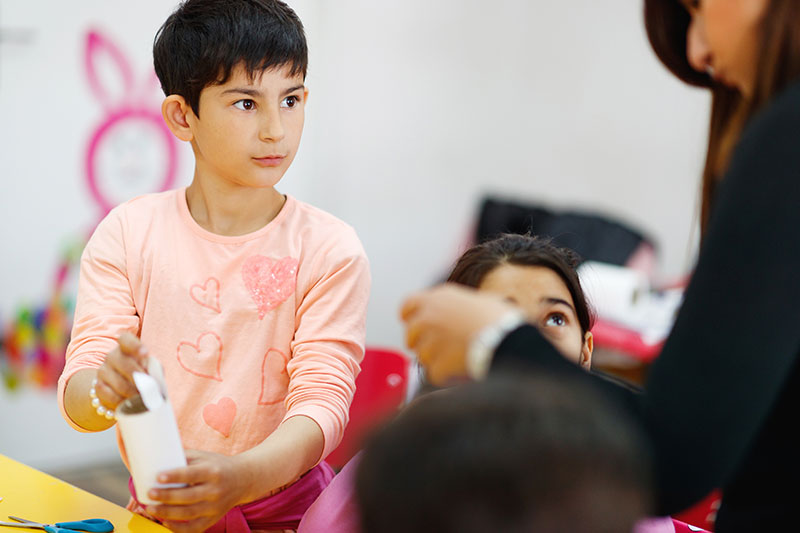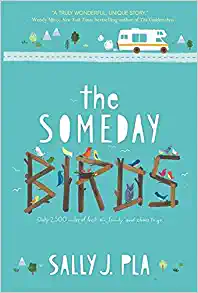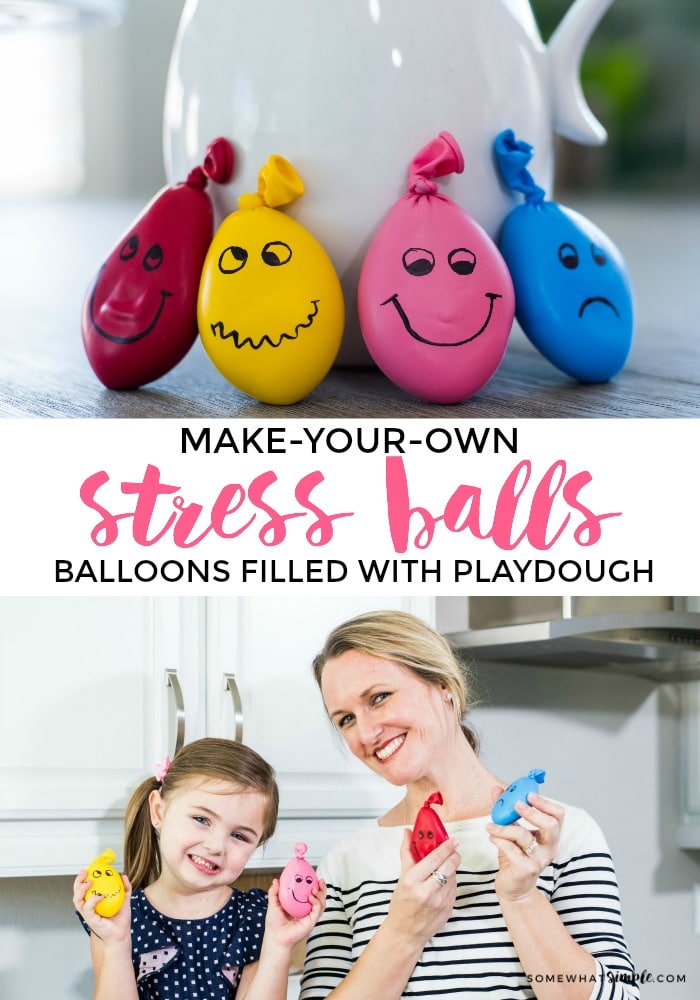ENRICHMENT
Autism Resources
This unit helps students understand that Autism affects the brain and that each individual with Autism is unique, although usually people with Autism exhibit some observable characteristics.
Key themes:
- People with autism have tremendous strengths that come from their unique perspective on the world.
- Individuals with Autism may have a range of difficulties (including being non-speaking) with social communication skills, or the ways we interact and exchange information.
- Many individuals with autism, but not all, have sensory processing issues, or difficulty taking in and managing information from their five senses.
- Some individuals with autism may exhibit repetitive behaviors, which help to cope with stress.
- Some individuals with autism may have intense interest in a specific topic.
- People with autism do lots of activities, sometimes with accommodations to help with their challenges in particular environments.

Suggested reading – Two great books by one author!
We suggest reviewing our extensive guide to finding suggested reading titles online, for free or at very low cost. You can find our guide here.
Picture Book: Benji, the Bad Day and Me by Sally J. Pla
For grades K-5 (or older if you want to study the text and art as a way of conveying information and emotions): Though it is an easy picture book, there are so many opportunities for discussion that it can be used with older children as well. The Lee and Low Books Teacher’s Guide contains wonderful background info about autism, excellent discussion questions for different levels and interdisciplinary activity ideas.
Summary: In this tender story about siblings, author Sally J. Pla shares her experience of raising sons with different personality traits and needs. Benji, the Bad Day, and Me embraces the philosophy that we are all part of a wide spectrum of neurodiversity. And on those really bad, rotten days, you can always count on family to be there for you.
Enjoy this free picture book read aloud with author Sally J. Pla!

Chapter Book:The Someday Birds by Sally J. Pla
For Grades 4 and up – this is a wonderful read aloud with so much opportunity for discussion.
Curriculum Guide for Educators and Readers: https://sallyjpla.com/wp-content/uploads/2017/08/Someday-Birds-Guide-FINAL.pdf
Summary: Charlie’s perfectly ordinary life has been unraveling ever since his war journalist father was injured in Afghanistan. When his father heads from California to Virginia for medical treatment, Charlie reluctantly travels cross-country with his boy-crazy sister, unruly brothers, and a mysterious new family friend. He decides that if he can spot all the birds that he and his father were hoping to see someday along the way, then everything might just turn out okay.
And here’s a fun book trailer to go with the book:

Make Your Own Stress Ball
We all take in information through our senses to help us understand the world around us. And we all experience moments when our senses are overwhelmed with information and we feel like we want to make it stop or change. Some of us are more bothered than others for any particular sense. People with autism may experience this sensitivity more frequently and intensely and cannot easily “turn it off” or ignore it.
One method anyone can try to help handle too much sensory information, or feelings of worry or stress, is by squeezing a stress ball. Doing this can help your body to release tension. The motion of squeezing acts as a reminder to relax the muscles that feel tight when you’re anxious or worried about something.
Directions and a demonstration video can be found at this link:
https://www.somewhatsimple.com/wacky-sacks/#_a5y_p=2197864
These homemade stress balls are made using regular balloons and Play-Doh.
Materials Needed
The great thing about making these DIY stress balls is that you can typically buy everything you’ll need from a dollar store so they’re very inexpensive to make.
- 1 can of Play-Doh for each stress ball you plan make
- 12″ Latex Balloons
- Sharpie Marker
How To Make A Stress Ball With A Balloon
- Roll out your play dough into a long, thin line. (I use one tub of dough per balloon)
- Stretch your balloon as wide as you can and stuff the play dough inside. (Adults can do this themselves, but kids will need help with this part.)
- Press the filled balloon to make it flat and get as much air out as possible. Tie it off with a knot.
- Add a face using your sharpie and you’re finished!
Web-based resource: I’m Here video by Fablevision and SARRC
This short film, based on an original story and art by Peter H. Reynolds and produced by FableVision, movingly conveys the loneliness that a child on the autism spectrum often experiences, and the life-changing impact each of us can have when we reach out and embrace them. FableVision created the film for SARRC (Southwest Autism Research and Resource Center). FableVision CEO Peter H. Reynolds, NY Times best-selling children’s author/illustrator, illustrated the film. The film includes a powerful musical score by Ruth Mendelson. The storybook edition of I’M HERE is published by Simon & Schuster.
